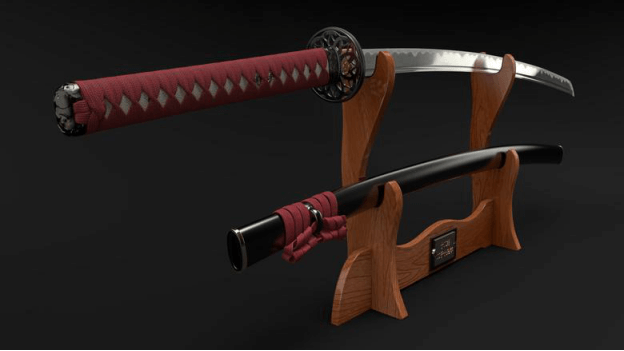In the first blog post of swords, we reiterated the fact that a Samurai Sword is designed using excellent-quality steel through a repetitive process that entails hammering and folding. The continuous repetition of this process helps in making sure that there is the removal of air bubbles, which can quickly form steel during the heating process. Our blog post-https://www.samuraiswordsmith.com/ provides detailed information regarding the Samurai swords.
Background Look
Anytime people are faced with an analytical discussion of warfare, sword-fighting skills will be mentioned. The term Samurai in this case always features in the conversation because, for years, laudable tales of the unparalleled bravery of the people of Samurai have easily been delivered to the listening ears of interested parties. The legendary's combat skills are now complemented by the robust strength of the tools (swords) they possess.
Let us briefly cover the dawn of the Samurai swords.
Decades ago, before the second millennium, warriors used bows and arrows. And any time they ran out of stock, they resorted to polearm, a tool that armed them with ammunition to kill their enemies from a significant distance. Later on, the warriors adapted to swords as their main missile for battle. Then in the early centuries, the Samurai quickly adopted a particular style of sword that originated from the Chinese as well as Koreans. The sword was referred to as Chokuto.
Katana, one of the most prolific Samurai swords, came as a curved blade. It was developed when the Samurai started a predominant fight on horseback. Suddenly, the carved edge made it possible for the Samurai warriors to assassinate their opponents instantly. But, the straight-bladed swords were progressively used by Ninjas, a different type of Japanese warrior.
It was in the 17th century that an official department of swords was launched to help evaluate different types and qualities of the sword. During this trial, sword makers would often demonstrate this device's ability to slice through persecuted criminals.
Although their corpses were often used for testing, some culprits ended up being convicted of crimes. Swords were used in such instances. The sword's bidder then remunerated the testing. Until now, this has been penned in the historical books.
Analyzing the Three Types of Samurai Swords
Throughout the years, Samurais have successfully mastered the art of designing different swords. The tools come in various sizes, nature, and curvature. They also come in different handles. This played a significant role in enabling them to serve various needs on the battlefield. Popular types of swords include Tachi, Odachi, and Katana. They had different qualities and, all too often, were used during conflict. It all depended on the conflict type in which they engaged.
Final Thoughts
Katana is the most prominent type of Samurai sword, thus, many people refer to it as the Samurai sword. It has a curved look coupled with a single-edged blade. Tachi is more curved. It is also longer compared to the Katana sword. Odachi happens to be the largest sword of them all. Some people term it as the Japanese field sword. While it looks like tachi, it is slightly longer.


